United Circles
Did you know that cities are responsible for over 2 billion tons¹ of waste annually, much of which could be turned into valuable resources?
From food waste to wastewater and construction and demolition debris, urban areas produce a wide range of waste streams, which end up in landfills or remain improperly managed.
It contributes to environmental degradation and represents a highly inefficient use of resources.
At the same time, industries continue to rely heavily on virgin materials to produce new goods at a rate that significantly exceeds the planet’s capacity.
At this rate, we would need 1.7 Earths to support this demand, and we are already pushing our planet to the limit!!
1. Kaza, Silpa, Lisa Yao, Perinaz Bhada-Tata, and Frank Van Woerden. 2018. What a Waste 2.0: A Global Snapshot of Solid Waste Management to 2050. Urban Development Series. Washington, DC: World Bank. doi:10.1596/978-1-4648-1329-0. License: Creative Commons Attribution CC BY 3.0 IGO.
Our goal?
Zero-waste cities and decarbonised industries that support sustainable growth and resilient communities.
The plan?
To promote a circularity culture to tackle all generated waste across regions and industrial sectors through collaboration and innovation.
How?
Through three industrial-urban symbiosis value chains for the recycling of:
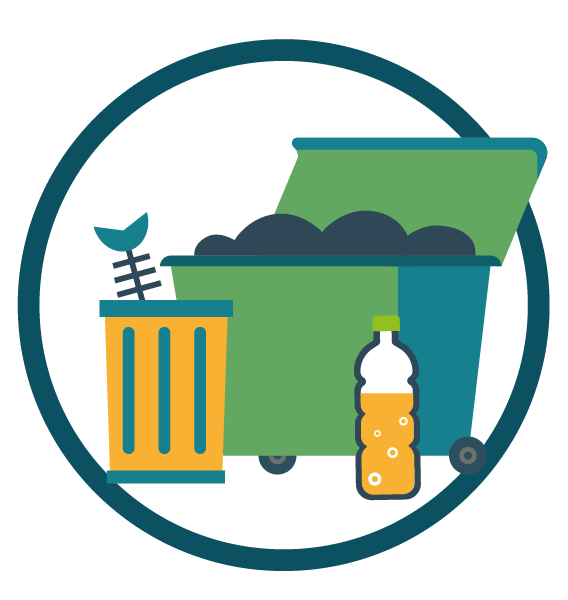
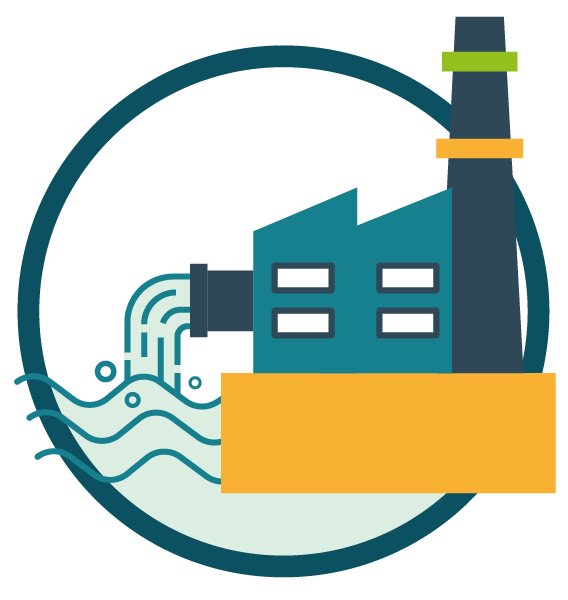
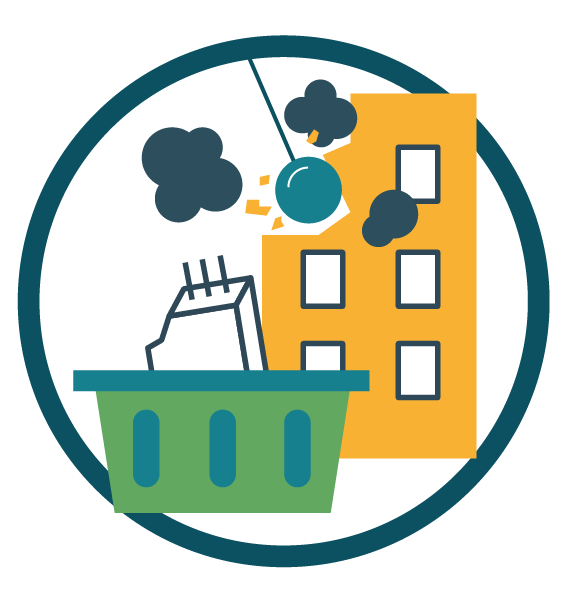
Partners




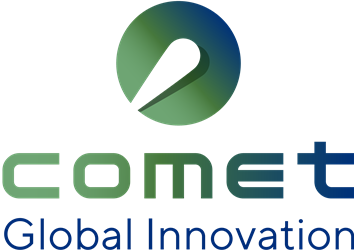





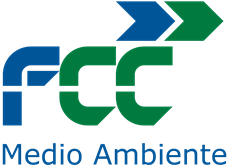

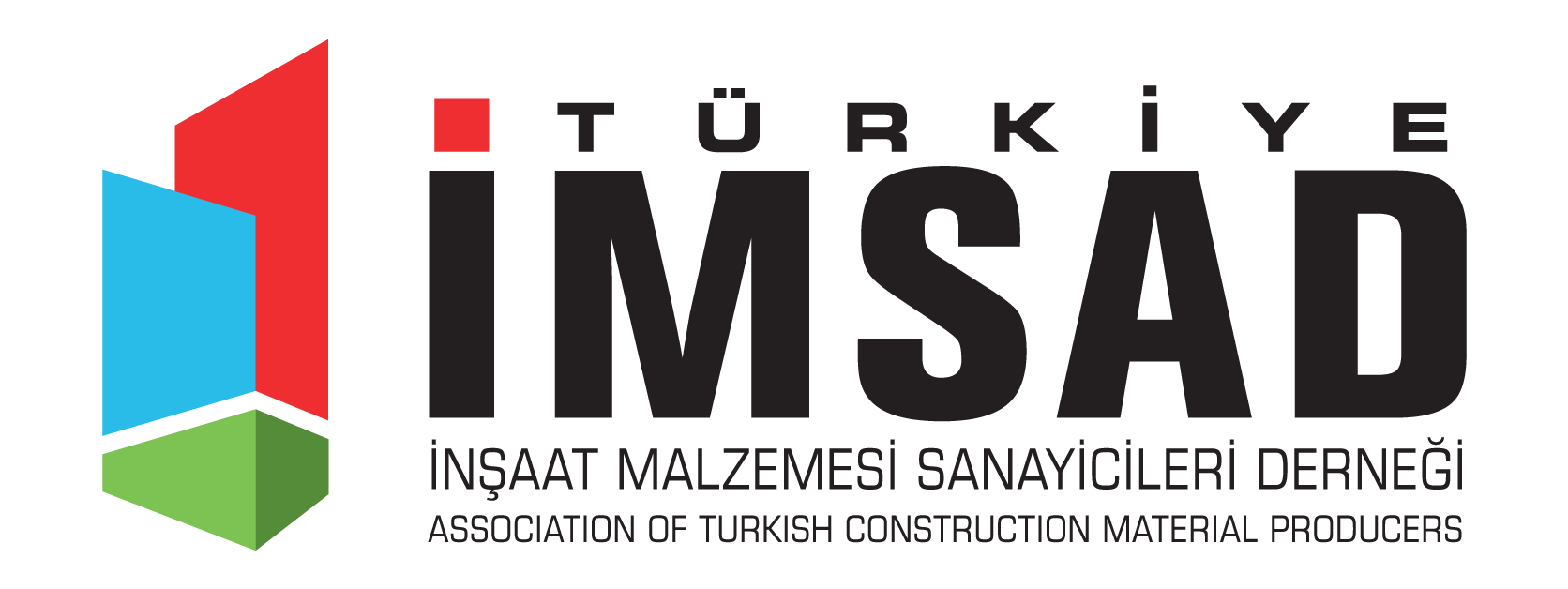

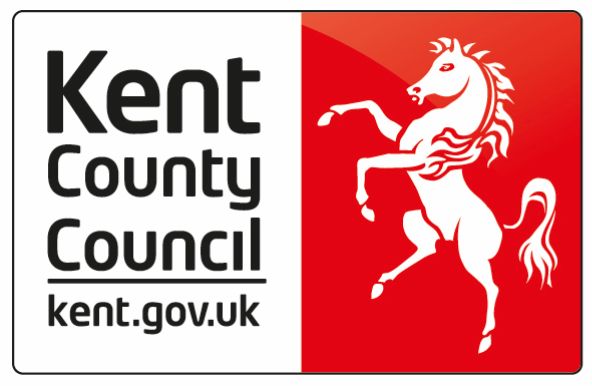



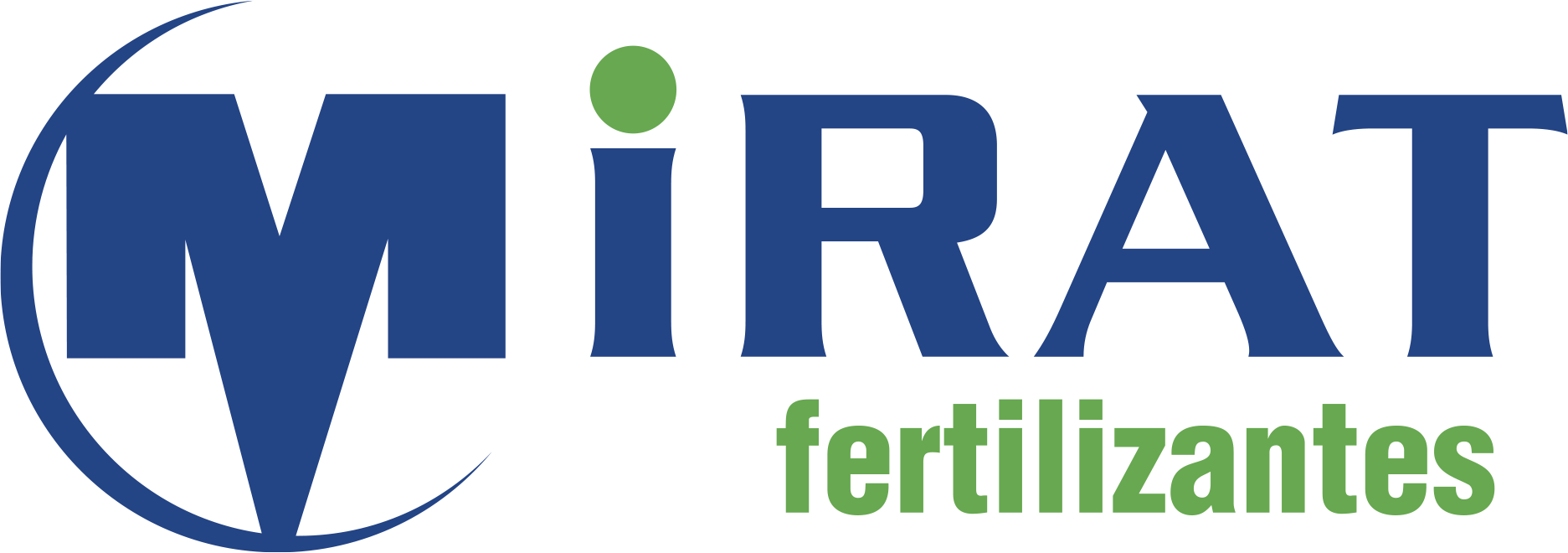






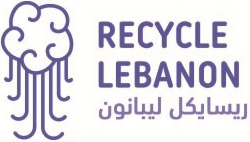

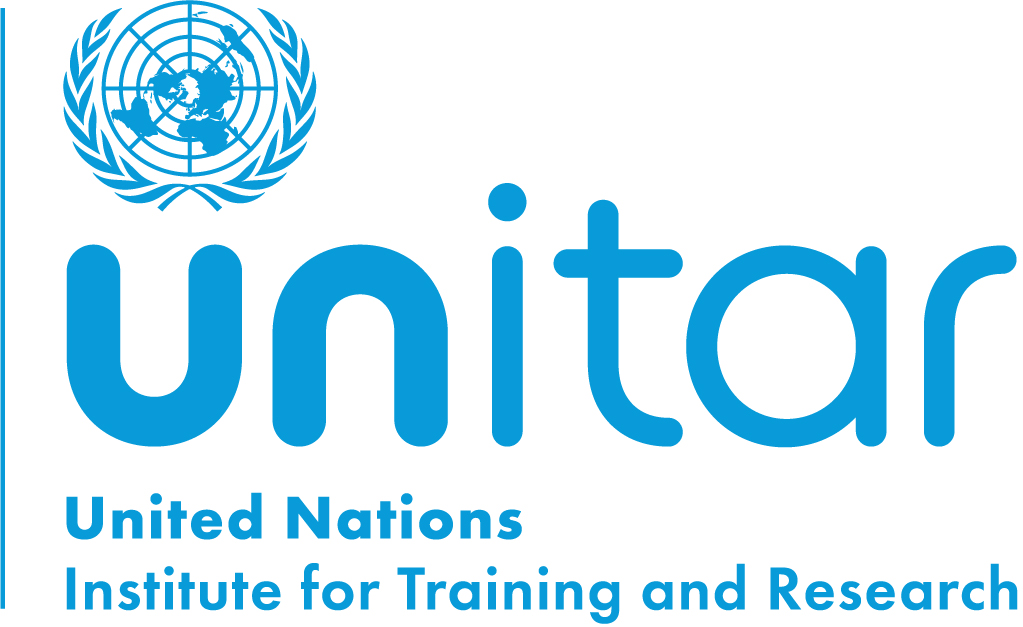
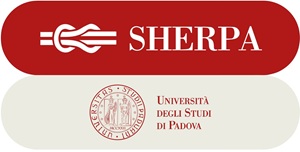




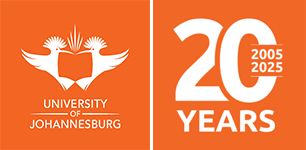


Contact us!
Please accept cookies before submitting the form. Otherwise, it will not be possible to submit it. Thank you.
